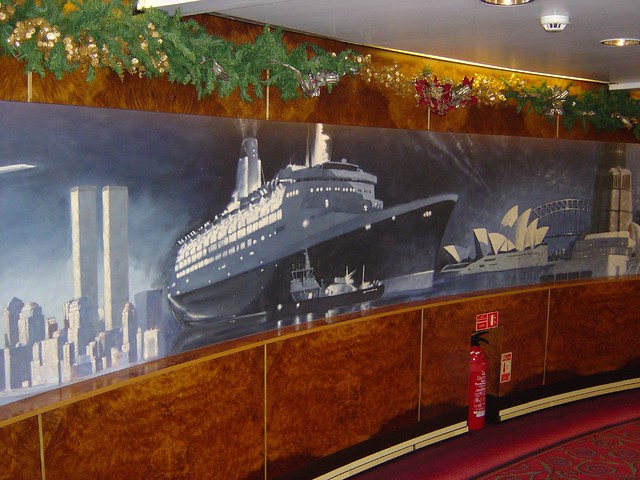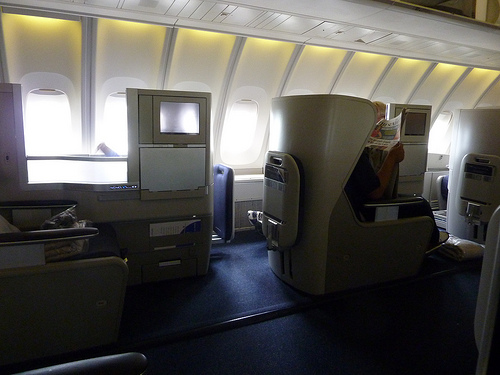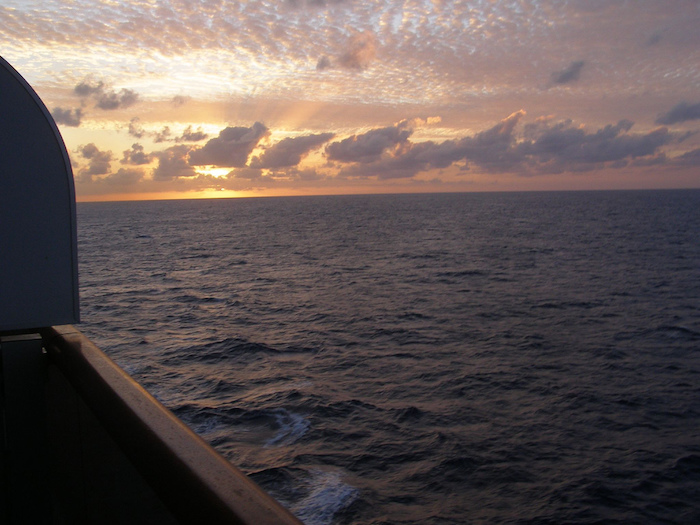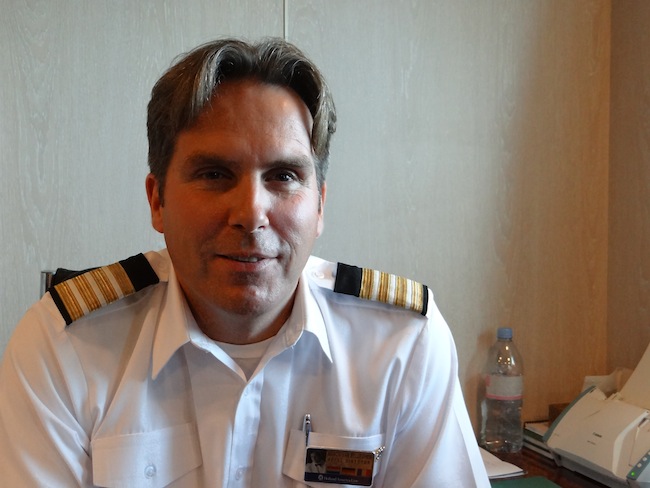Cunard Line History: 10 Key Events That Define This Iconic Cruise Line
This article looks at the Cunard Line History, and 10 key events that I believe define this iconic cruise line. Cunard Line is the “Icon” of cruise lines with a very long, and at times checkered, history. It still stands out, though, as THE cruise line.
Cunard has a very long history, with an established traditional style going back almost 200 years.
Most of the cruise companies that people are familiar with today, like Carnival and Royal Caribbean, only emerged in the last few decades. These companies grew out of a base in Miami as cruising became popular again, after the collapse of the business in the 1970s when jet liners wiped out most of the established cruise and liner companies.
Cunard’s roots can be traced back to 1839 when Samuel Cunard was granted the contract to move mail between the UK and the United States. For 3 decades after the service started it had the fastest ships crossing the Atlantic. It laid the foundations for the transatlantic business that flourished and prospered between Europe and the “New World”, with most of the major countries of Europe building ships to compete with the business of transporting mail, goods and, more importantly, people.
There have been many ups and downs for Cunard during their history. 10 of these key milestones and events are:
- Sinking of Cunard’s Lusitania on 7 May 1915 by German Submarines during the First World War. The ship sank in just 18 minutes, and 1198 out of 1959 people on board died. Public outrage was so great that it is attributed with leading to the United States entering World War I.
- A forced merger between Cunard and the White Star Line (who had owned the Titanic) in the 1930s was brokered as part of a deal where the British Government agreed to help finance the completion of the Queen Mary, that had been left partly built due to economic problems.
- Use of both the Queen Mary and Queen Elizabeth to ferry around two million troops during World War II, mostly getting USA servicemen to Europe when the USA entered the war. Winston Churchill is reported to have said that the use of the Cunard ships meant the war was at least one year shorter as a result.
- With their “Getting There Is Half The Fun” advertising slogan, they had major share of the booming and profitable Transatlantic business post war. In the 1950s Cunard was reported as being a very important and very significant generator of US Currency for the United Kingdom.
- With the Transatlantic business in declining due to the launch of jet liner services, most of Cunard’s ships were retired in the mid to late 1960s. On some crossings the crew started to outnumber passengers on the ships. Cunard tried a joint venture with BOAC to offer flights, but this venture failed by 1966.
- The Queen Elizabeth 2 was commissioned with help from the UK government, although the Cunard board were divided about building another ship with the growth of jet plane travel. The ship entered service in 1969, and as the only Transatlantic Liner it eventually became an icon in its own right. It ended up being a much sought out after ship to travel on for 40 years until sold to Dubai with a plan for it to eventually be converted into a hotel.
- In 1982 the Queen Elizabeth 2, along with other passenger ships, was requisition by the UK Government and converted into a troop carrier to take troops to the Falkland Islands for the war with Argentina over the islands.
- Despite the launch of the Queen Elizabeth 2 in 1969, Cunard was struggling and was taken over in 1971 by the Trafalgar House Group who owned hotels and cargo and passenger ships. The fortunes of Cunard did not flourish despite having popular cruise ships added like the Cunard Countess.
- In 1998 the massive Carnival Cruise Company bought Cunard to include it into a portfolio of cruise brands. Carnival also owns cruise brands like Carnival, Holland America, P&O, Princess and many others. Carnival are focused on building the Cunard brand based on its British heritage and luxury image. In 2004 they added the Queen Mary 2, the largest passenger ship at the time, designed as a liner that could take over the Transatlantic business from the QE2. Later they added the Queen Victoria and Queen Elizabeth. Cunard focuses on reinforcing and building an image of luxury linked to the “golden days” of cruise liner travel that harks back especially to the 1930s glamour. The decor of the ships is inspired by that period with art deco style and colours. Their ads, posters and publicity materials use an art deco inspired design. Cunard now talks about : “Celebrating The New Golden Age Of Ocean Liner”.
- Despite playing up the British Heritage, all of their ships were re-registered in Hamilton Bermuda at the end of 2011. For first time in Cunard’s history it has no ships registered in the UK.
In the next article on Cunard, I explore its ownership by Carnival and the debate among Cunard fans about if this is a marriage made in heaven – or hell.
Further reading:





Interesting article about the greatest name in shipping! One quick thing though, Cunard’s ships were actually re-registered in Hamilton, Bermuda… not the Bahamas.
Oops! Well spotted, thanks for noticing that! I will change it. Glad you enjoyed the article
I never knew Cunard had such magnificent history attached to it. Thanks for the info Gary!